On November 28th, 2022 the NIS 2 Directive was adopted by the Council of the European Union, replacing the NIS Directive to improve cybersecurity risk management. The directive mainly applies to public and private entities in seven specific sectors (energy, transport, banking, financial market infrastructures, healthcare, drinking water supply and distribution, and digital infrastructures) and across three digital services (online marketplaces, online search engines, and cloud computing services).
Navigating through NIS2 might feel like charting unfamiliar territory, but don’t worry! We're here to walk you through the key changes and what they mean for your IT setup. And, if you're wondering about tools to ease the transition, GFI Software's solutions have got you covered. Let's explore the world of NIS2 together and see how it's set to reshape things.
Increased Scope
One of the most significant changes in the NIS2 regulation is its expanded scope. The new directive broadens the sectors and organizations required to comply with cybersecurity rules. This change means that more businesses will need to invest in cybersecurity measures and tools to help them maintain compliance, such as GFI LanGuard, which provides comprehensive vulnerability assessment and patch management.
Stricter Compliance Requirements
NIS2 introduces stricter compliance requirements compared to its predecessor NIS. Organizations are now required to implement measures that ensure a high level of network and information system security. GFI's solutions can help organizations meet these requirements by providing robust network security and IT management tools.
Greater Emphasis on Incident Reporting
The directive puts a greater emphasis on incident reporting. Organizations must report any incidents that could affect their network and information systems. GFI's network security solutions can assist in identifying and mitigating these incidents before they cause significant damage.
Enhanced Cooperation Among EU Member States
NIS2 aims to enhance cooperation among EU Member States in cybersecurity. As such, organizations may need to coordinate their cybersecurity efforts more closely with counterparts in other countries. GFI's solutions can support these efforts by providing tools that enable efficient and secure collaboration.
While the changes may require organizations to rethink their IT infrastructure, they also offer a chance to enhance cybersecurity measures and resilience. GFI Software is committed to helping organizations navigate these changes and achieve compliance with our suite of network security and IT management solutions.
How GFI LanGuard Can Help
GFI LanGuard can play a crucial role in helping businesses align with the requirements of the NIS2 Directive. Here's how:
Network Visibility: GFI LanGuard offers complete visibility of your network, the first step toward identifying and mitigating potential vulnerabilities.
Patch Management: GFI LanGuard allows you to deploy patches centrally and automatically or by deploying agents on machines to save server processing, ensuring you can promptly address any identified vulnerabilities.
Compliance and Vulnerability Reporting: GFI LanGuard provides automated, formatted reports that auditors need to demonstrate compliance with multiple regulations, including ISO 27001/27002, PCI DSS, HIPAA, SOX, GLBA, PSN, CoCo, etc.
Identifying Security Gaps: GFI LanGuard scans your network for missing patches, a potential security gap that cybercriminals may exploit.
Ease of Use: GFI LanGuard is simple to deploy and starts scanning for vulnerabilities immediately. It gives network administrators control and helps maintain a secure and compliant network with minimal effort.
Whether you're a small or large company in any industry that requires a secure perimeter, auditing, and compliance, GFI LanGuard can serve as a centralized patch management solution for your environment, helping you meet the new requirements set forth by the NIS2 Directive.
Get your free 30-day GFI LanGuard trial
See immediate results. Identify where you’re vulnerable with your first scan on your first day of a 30-day trial. Take the necessary steps to fix all issues.
Related Posts
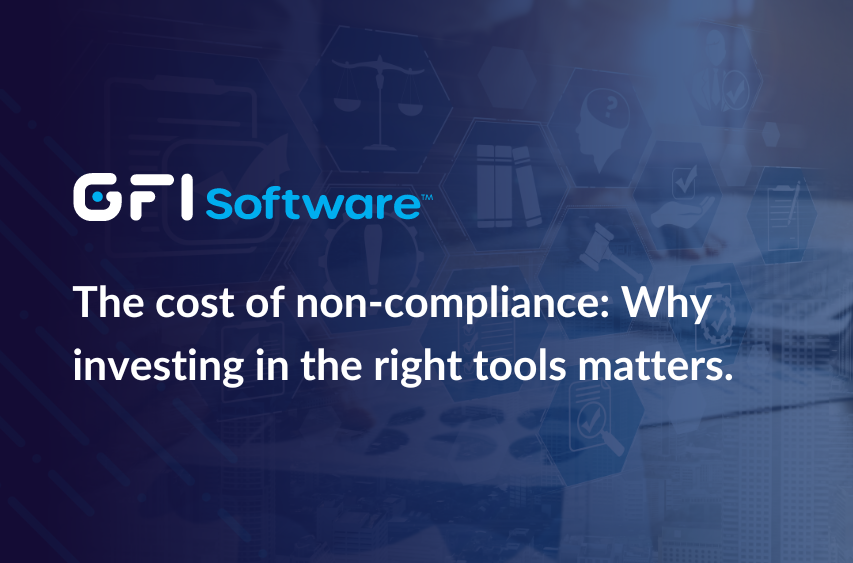
Aug 1, 2024
The cost of non-compliance: Why investing in the right tools matters.
Explore the true impact of non-compliance on businesses and the importance of investing in appropriate tools. This article examines the costs beyond fines, common compliance challenges, and how the right software can help. Learn about essential features in compliance tools and discover how GFI Software's solutions can assist in meeting regulatory requirements efficiently.
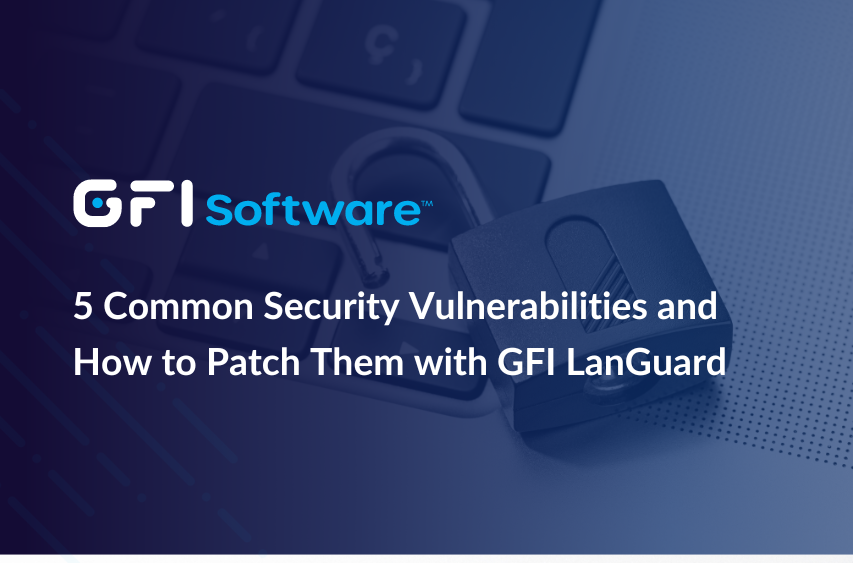
Jun 28, 2024
5 Common Security Vulnerabilities and How to Patch Them with GFI LanGuard
Discover the top 5 security vulnerabilities threatening your network and learn how GFI LanGuard's cutting-edge features, including AI-powered insights, can help you patch them effectively. This must-read guide offers practical solutions for IT pros and business owners alike, ensuring your network stays secure against current and emerging threats.
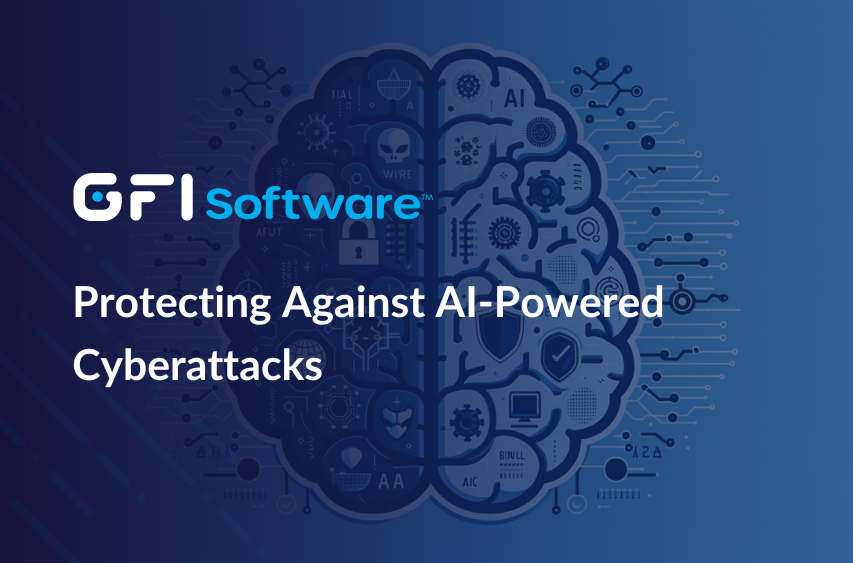
Apr 11, 2024
Outsmarting the Machines: Protecting Against AI-Powered Cyberattacks
AI is revolutionizing cybersecurity, but it's a double-edged sword. In this post, we explore the growing landscape of sophisticated, AI-powered cyber threats like morphing malware and hyper-personalized phishing scams.We also dive into how organizations can harness AI's immense potential to bolster defenses through advanced threat detection, autonomous response capabilities, and predictive vulnerability analysis.
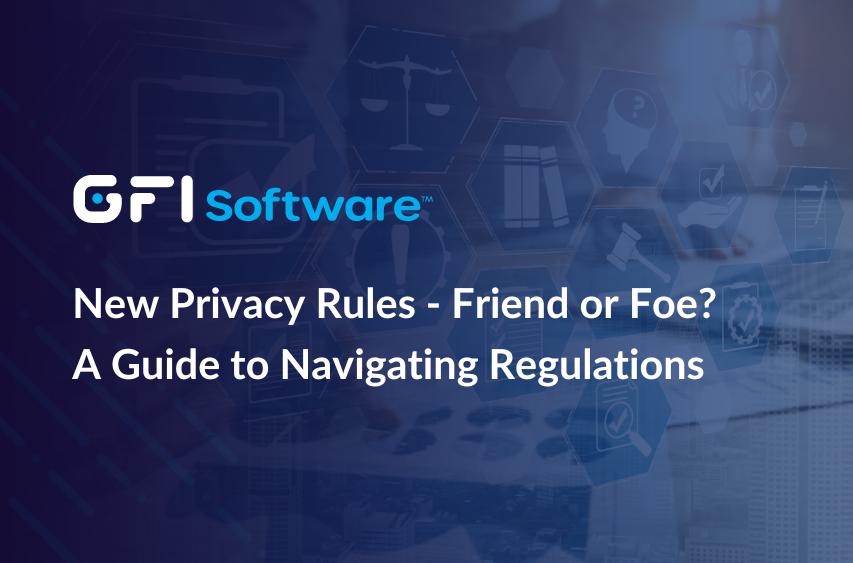
Apr 4, 2024
New Privacy Rules - Friend or Foe? A Business Guide to Navigating Regulations
Privacy laws are evolving; businesses must adjust. Learn key rules and how GFI ensures email/network security compliance.
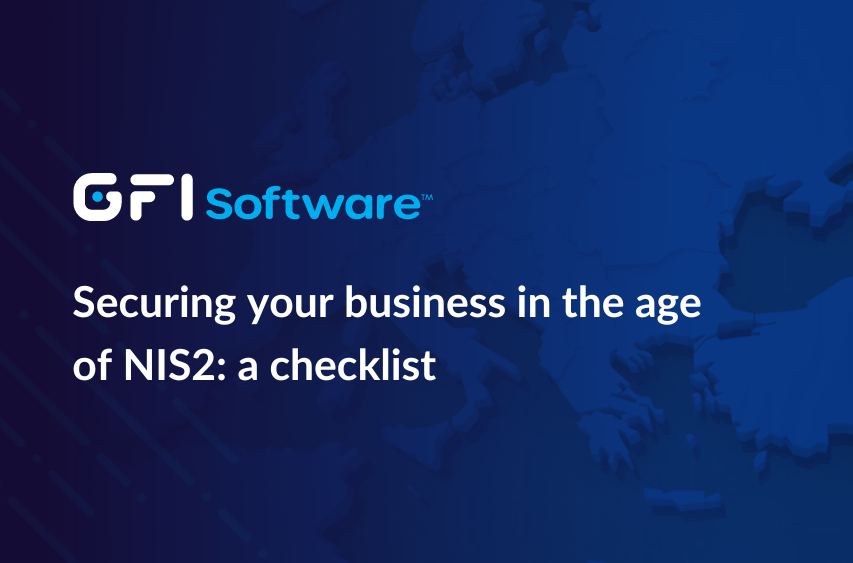
Dec 11, 2023
Securing your business in the age of NIS2: a checklist
NIS2 accentuates the importance of cybersecurity for essential and digital service providers within the EU. To meet the security standards, understanding and conforming to its guidelines is fundamental. This checklist guides you through this updated regulatory terrain and showcases how tools like GFI LanGuard can be instrumental in this journey.

Oct 15, 2023
Everything You Need to Know: NIS2 and Healthcare Data Security
Explore the essentials of NIS2 compliance in the healthcare sector and uncover how NIS2 standards are crucial for protecting patient data amidst the growing digital threats. We also introduce how tools like GFI LanGuard can aid in navigating the compliance pathway, making the journey toward enhanced data security more straightforward for healthcare providers.